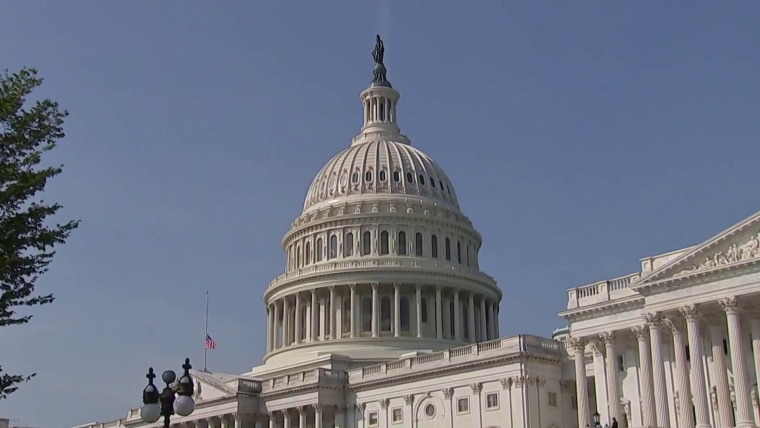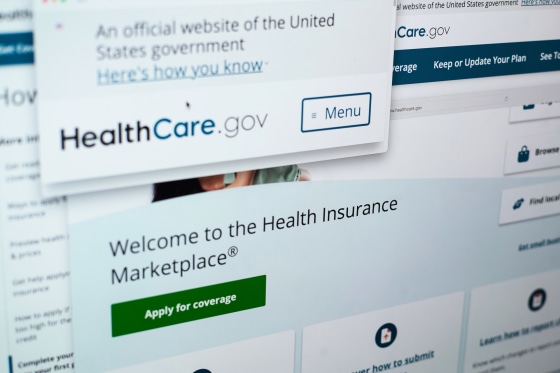On Wednesday, open enrollment for Affordable Care Act plans began in Idaho, offering a preview to the rest of the country of how much monthly premiums are set to increase in 2026.
Many Idahoans will have to decide whether they’ll be able to afford coverage once the enhanced subsidies that kept premiums lower for many middle-class families expire at the end of the year.
Bob McMichael, 63, and his wife, Leslie, 62, already know they won’t.
Both are retired and make about $42,000 a year. They currently pay $51 a month for their ACA plan. Late last month, they got a notice that their monthly premium would increase to $2,232 next year without the subsidies.
“We’re facing a stratospheric increase in health care and probably don’t have any option to stay on health care as of January 2026,” McMichael said.
After getting the notice, the McMichaels wrote to Sen. Mike Crapo, R-Idaho, urging him to support extending the subsidies.
That decision is at the heart of the government shutdown fight on Capitol Hill, with Democrats saying Republicans must agree to keep in place the enhanced subsidies, first introduced in 2021, before they’ll vote to reopen the government. Without the tax credits, average out-of-pocket premiums are expected to rise by $1,200 a year in Idaho, a 75% increase, according to state health officials.

“A pretty big number of people are going to see their premiums double, if not more,” said Hillarie Matlock, policy director of Idaho Voices for Children, a nonprofit group that advocates for health insurance access.
More than 100,000 people in Idaho got enhanced subsidies this year — about 87% of all state ACA enrollees, according to data from the Centers for Medicare and Medicaid Services.
About 25,000 Idahoans are likely to drop their coverage for next year if the subsidies expire on Dec. 31, said Pat Kelly, executive director of Your Health Idaho, the state’s ACA marketplace.
The state has spent the last year preparing for the loss of subsidies and expected premium hike, Kelly said.
“We’ve spent a lot of this year training agents on what the changes will be and how we will communicate those changes to their consumers,” he said.
Gideon Lukens, a senior fellow and director of research and data analysis on the health policy team at the Center on Budget and Policy Priorities, a nonpartisan research group, said that a 60-year-old couple earning $85,000 a year in Idaho could see about a $1,500 increase in their monthly out-of-pocket premiums.
A family of four earning $130,000 a year could see about a $650 increase in their monthly premiums. “And that’s not an outlier,” he said. “For some people, it’s going to be a lot worse.”
“We’ve heard from a couple of folks that they’re trying to get as much taken care of before the end of the calendar year just because they’re concerned about the inability to address things in a preventative way or even do their appointments next year because of the cost,” Matlock, of Idaho Voices for Children, said.
People on ACA plans who don’t qualify for tax credits won’t be spared either, Lukens said: Premiums are expected to rise about 18% on average for them as insurers raise rates for next year.
“Virtually all marketplace enrollees in Idaho are going to see their premiums increase,” he said.
Mark and Sarah Lathrop, of Coeur d’Alene, Idaho, don’t qualify for enhanced subsidies. The couple, who own Liberty Lake Wine Cellars just across the border in Washington, currently pay $1,116 a month for their ACA plan.

